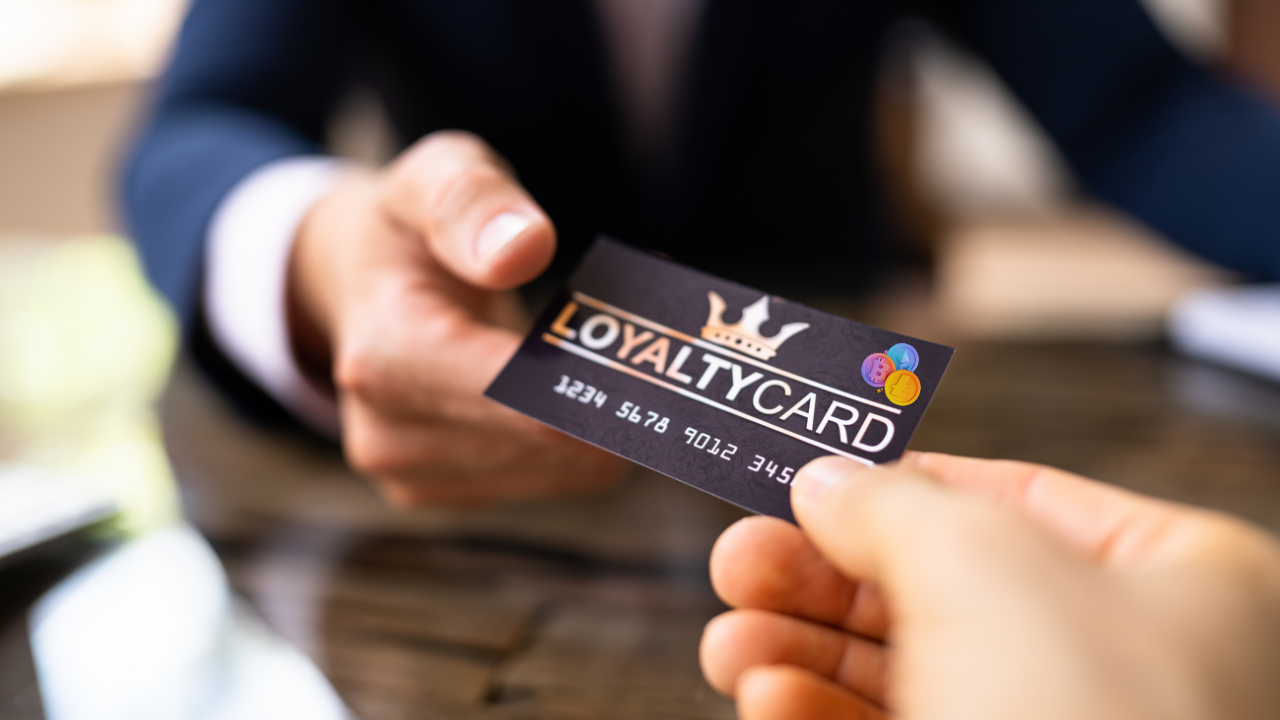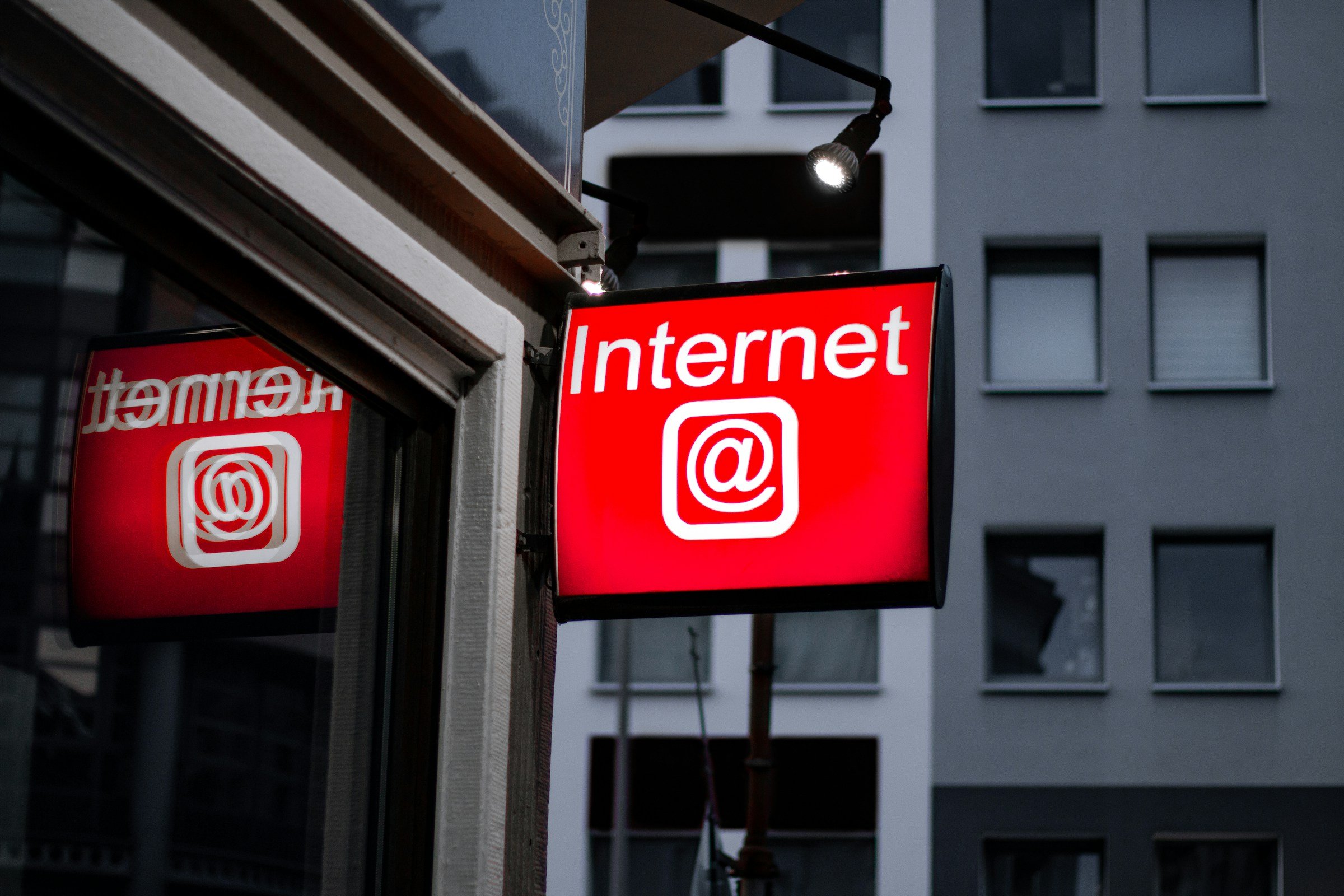Loyalty Program This is a critical component for any company that cares about customer retention and contributes significantly to customer satisfaction.
According to Yahoo Portal, the global loyalty program market size is expected to reach USD 59.49 million by 2030 from USD 16.92 million in 2021.
Despite significant growth, brands continue to face challenges. Fortunately, innovations in the financial sector, particularly blockchain technology, have the potential to enhance and transform familiar loyalty programs.
The concept of loyalty programs

Loyalty programs are a familiar part of everyday transactions.
Whether it’s your favorite coffee shop or your favorite grocery store, loyalty programs have become a common strategy for many companies. But what exactly is a loyalty program?
Simply put, it is a carefully designed marketing strategy to encourage customers to continue purchasing or using a company’s services.
It’s a kind of reciprocal relationship. You show your loyalty by frequently purchasing their products or services, and they recognize and reward this loyalty with various perks.
From airlines to retailers, programs span multiple industries, each with its own unique structure and rewards, but the underlying principles of valuing and rewarding customer loyalty remain the same.
The Emergence of Tokenized Loyalty Programs
Tokenized loyalty programs leverage blockchain technology to revolutionize rewards systems.
Instead of traditional loyalty points or rewards cards, these programs utilize digital tokens that are securely recorded on a blockchain network.
Each transaction or interaction with a brand gives the customer a certain number of tokens, which can be exchanged for a variety of benefits such as discounts, exclusive access, or cryptocurrency.
Here’s a more detailed explanation of how the tokenization process works:
- Asset Identification: The first step is to identify the asset, value or right you want to convert into a token.
- Token Creation: Once the asset is identified, Token Digital Tokens representing assets are created using smart contracts. These tokens convey all the essential information about the asset, such as value, ownership, and other relevant details.
- Token Issuance: The tokens created are issued on a digital platform. This could be a blockchain network, a digital marketplace, or any other type of platform that supports tokenization.
- Token Management: Once tokens are issued, they can be managed digitally. This includes transferring tokens between users, tracking ownership and history of each token, and creating complex logic and rules for how tokens are used.
- Token Redemption: If necessary, tokens can be redeemed back to their original assets. This process is governed by rules and logic defined during the token creation and management phase.
This innovative approach not only simplifies the rewards process, but also opens up new opportunities for cross-brand collaboration and customer engagement in the digital age.
Actual adoption and implementation
In the airline industry, major airlines such as Singapore Airlines and Cathay Pacific have successfully implemented blockchain-based loyalty programs in recent years, allowing customers to seamlessly earn and redeem tokenized rewards across multiple partners.
These programs not only streamline the rewards process, but also give customers greater transparency and control over their loyalty points.
Similarly, in the retail sector, companies like Loyyal have pioneered the use of innovation to enable companies to create personalized reward structures and incentives that meet specific needs.
The Future of Loyalty Programs
Interoperability and an expanded ecosystem
One of the most exciting trends to come is interoperability between different ecosystems.
By considering adopting a tokenized loyalty program, customers can use tokens seamlessly across brands and industries.
Imagine a scenario where customer loyalty tokens earned at a coffee shop could be used to get discounts at a clothing store or access premium content on a streaming platform.
This level of integration across ecosystems increases the value of loyalty tokens, making them more diverse and attractive to consumers.
Integration of AI and IoT

Emerging technologies such as Artificial Intelligence (AI) and the Internet of Things (IoT) have the potential to transform loyalty programs.
AI-powered personalization allows you to personalize rewards and loyalty recommendations based on individual preferences, behavior, and purchase history.
This level of personalization improves the customer experience, making loyalty rewards more relevant and valuable.
IoT integration can create a dynamic loyalty environment where customers can earn tokens through interactions with their smart devices.
For example, a fitness tracker could offer users tokens for achieving health goals, while a smart home system could offer tokens for energy-efficient habits.
This convergence of loyalty and technology allows us to enhance customer engagement and connect with customers in new ways.
Decentralization and Consumer Ownership
As we explore the benefits, potential challenges, and future landscape of tokenized loyalty programs, one idea is clear: the future of loyalty is dynamic.
The limitations that once constrained traditional models are being dismantled and replaced by a promise of greater customer engagement, trust, and value.
But beyond these innovations is a philosophical shift—a shift toward viewing customers as active participants in the loyalty journey rather than passive recipients of rewards.
Ultimately, the decentralization and consumer ownership enabled by tokenized loyalty programs have the potential to reshape entire industries, fostering more transparent relationships between businesses and their customers.
As adoption of loyalty tokens continues to grow, we will see a shift in engagement and rewards that gives customers greater control, flexibility, and ownership over their experiences.
